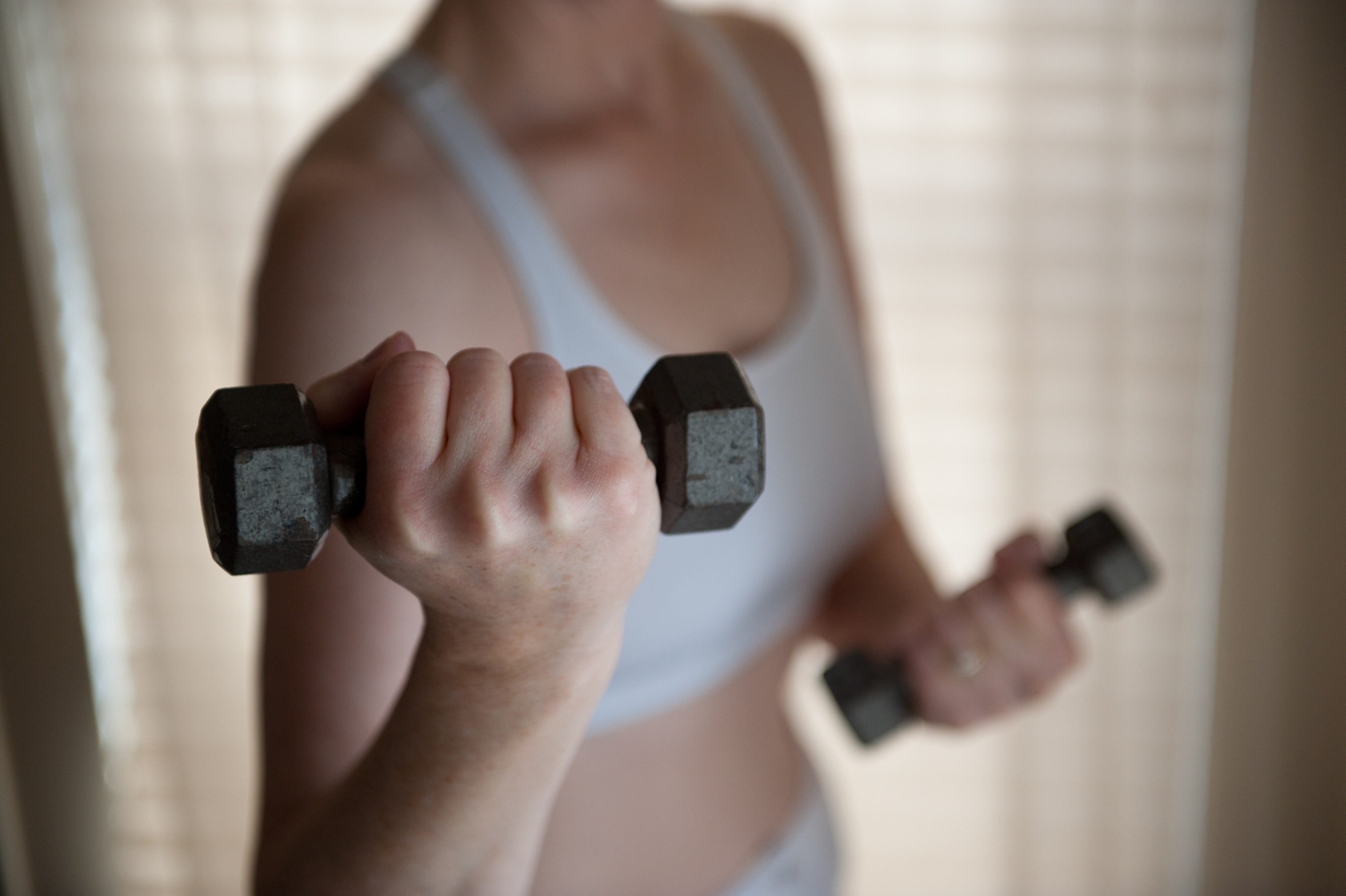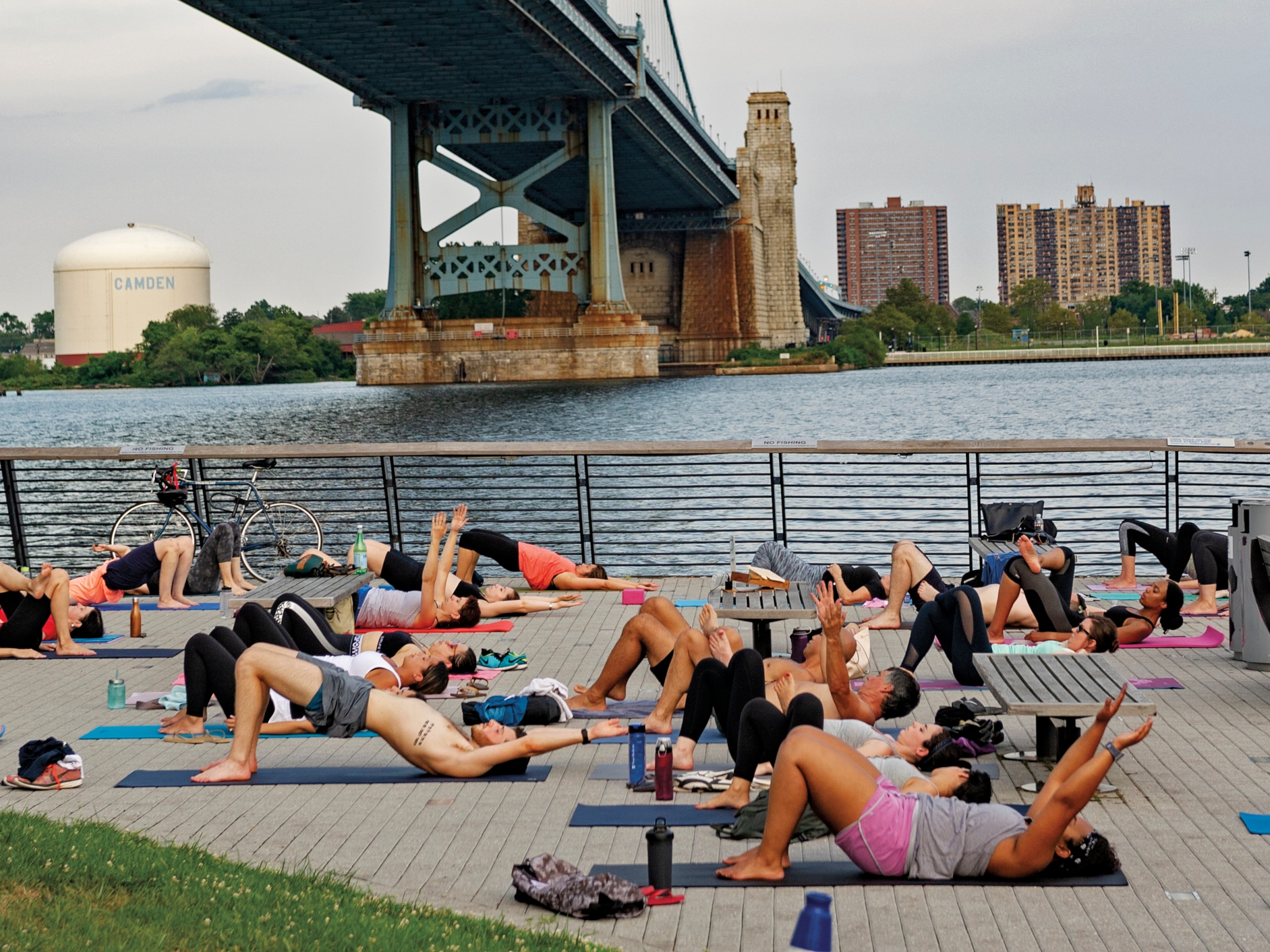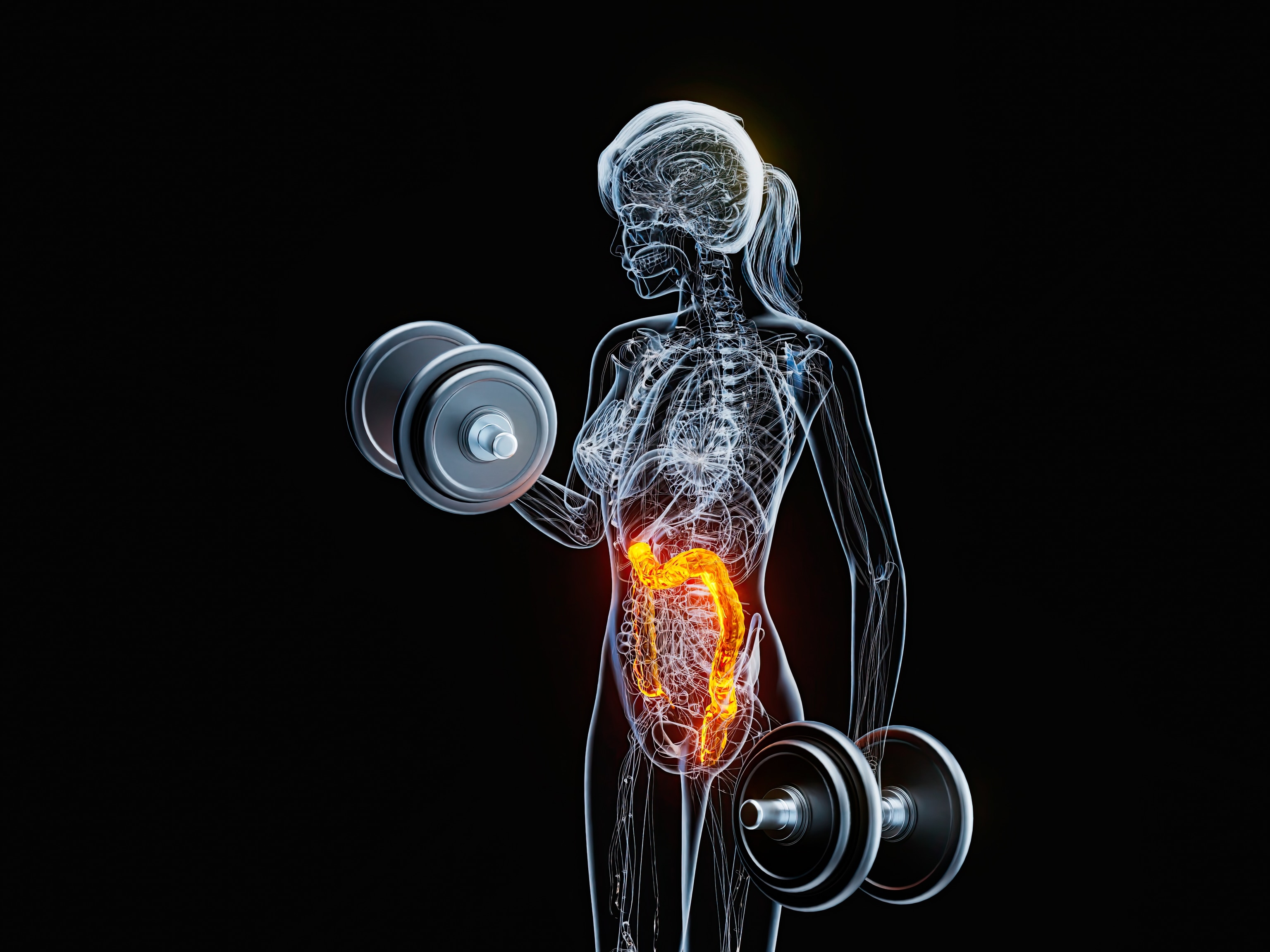Your body changes in fascinating ways during the first 10 minutes of exercise
When you start moving, your heart rate spikes, blood flow changes, and your brain becomes more alert.

The first few minutes of exercise can feel like the most challenging hurdle in any workout—and for good reason. As your heart races, your breath quickens, and your muscles spring into action, your body is undergoing a rapid transformation. These changes, from your lungs to your brain, set the stage for better performance and lasting health benefits. Here’s what’s happening as your body powers up.
Your heart gets a head start
Your body starts gearing up for action before you break a sweat. This “anticipatory increase” in heart rate is driven by norepinephrine, a stress hormone that gears you up for movement. “Simply thinking about exercise increases heart rate and can raise blood pressure,” says Matthew Lancaster, an associate professor in exercise physiology at the University of Leeds.
(Here‘s what lifting weights does to your body—and your mind.)
Once you start moving, this process kicks into high gear. As norepinephrine levels surge, your heartbeat quickens, and blood vessels constrict to raise blood pressure—ensuring nutrients are quickly delivered to working muscles, Lancaster adds.
Unsurprisingly, the heart is quickly impacted when activity begins. A person’s heart rate can rise from 20-50 beats per minute and sometimes even more in those first few minutes, says California-based cardiologist Heather Shenkman.
“Blood pressure also rises, particularly the systolic blood pressure. Increased heart rate, stroke volume, and blood pressure lead to greater cardiac output or blood flow,” she says. This is essential as blood provides oxygen and nutrients to skeletal muscles to allow them to adapt to increased activity. For regular exercisers, these adaptations happen more efficiently as their body is used to the “strains of exercise,” Shenkman adds, allowing their muscles to extract and use oxygen with greater ease.
Blood goes where it’s needed most
To meet exercise demands, your body reallocates its resources, says Shenkman. Blood flow is diverted away from organs that need less during physical activity—like the intestines—and redirected to your muscles. This shift ensures your skeletal muscles receive the oxygen and glucose they need to keep moving.
(The overlooked key to fitness? Strengthening your joints and tendons.)
Muscles also spring into action, with the nervous system sending electrical signals to contract muscle fibers and initiate movement, says John Burke, chief medical officer at AXA Health. This allows an increased flow of oxygen and blood to reach the muscles so they can work harder to accommodate exercise.
“Skeletal muscles have a metabolic response to the early phase of exercise, in addition to Phosphocreatine (PCr) stores providing an initial burst of energy for around the first 10 seconds of exercise,” he says.
Your lungs shift into overdrive
As your muscles demand more oxygen, your respiratory system jumps into action. Breathing deepens, and your diaphragm and ribcage muscles work harder to draw in up to 15 times more oxygen than when you’re at rest, says Burke.
“Our respiratory system increases the volume of oxygen and energy in our bodies when we exercise but also removes the carbon dioxide produced,” he adds.
Your brain shifts gears
Exercise doesn’t just wake up your body; it also energizes your mind. In the first few minutes, your brain becomes activated in the “priming stage,” with increased heart rate, breathing, and blood flow to your muscles. Oxygen and nutrients are delivered to your brain, boosting focus and alertness.
“Mentally, exercise helps prime the brain for neuroplasticity, making it more adaptable and open to learning,” says U.K.-based psychologist Ritz Birah. She adds that during this time, neurogenesis begins. “Your brain starts forming new neurons, particularly in areas linked to memory, such as the hippocampus. This creates a foundation for sharper thinking and emotional balance,” she says
“Anxiety may temporarily rise due to the activation of the body’s stress response, but a calming effect typically follows this as you settle into the exercise,” she says. Adrenaline surges, giving you a burst of energy, followed by a flood of endorphins that improve mood and ease stress. “These hormones act as natural mood boosters and stress relievers,” says Birah.
(No time for daily exercise? Weekend workouts still offer the same health benefits.)
However, there’s no guarantee of how quickly endorphins are released during exercise. One study found that 10 minutes of moderate-intensity running enhanced pleasure levels and mood. During exercise, the scientists found increased brain signals in the bilateral prefrontal cortex, specifically activating the left dorsolateral prefrontal cortex, which impacts mood.
And for those who struggle to find time, research shows that up to 10 minutes of vigorous daily exercise is linked to a lower risk of death, and regular exercise can aid mood and sleep.





